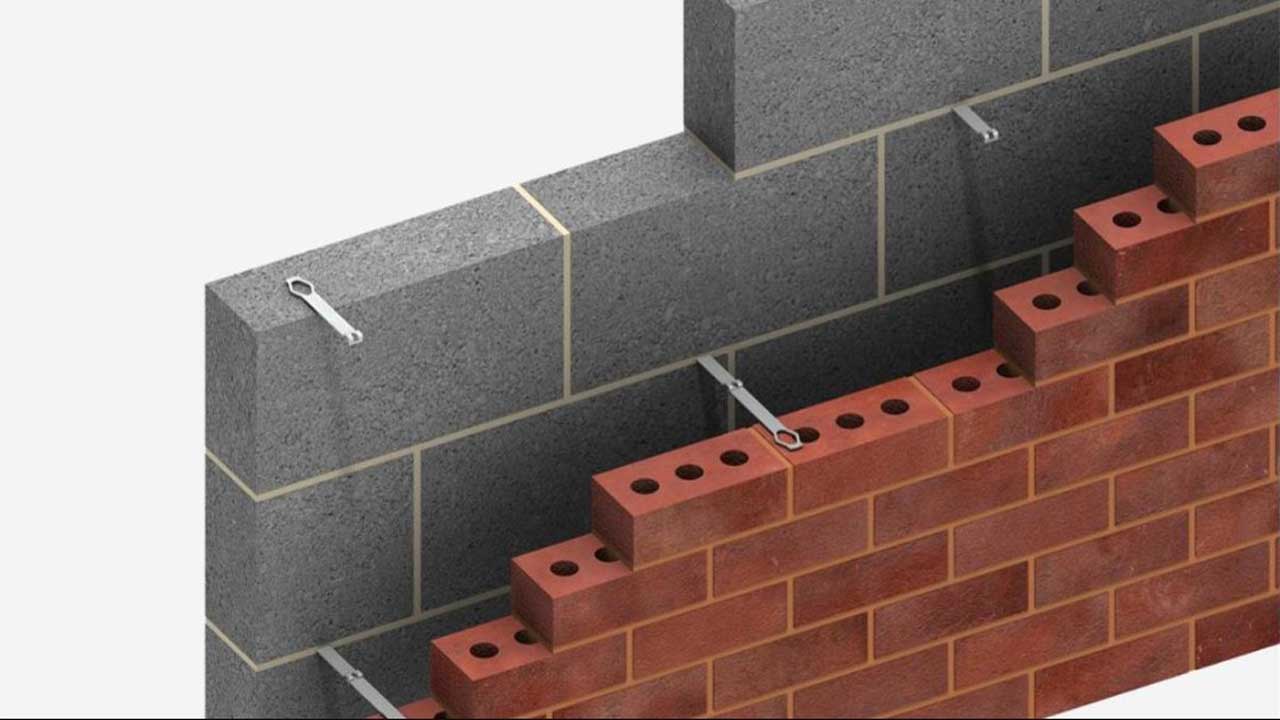As the demand for energy-efficient and sustainable housing grows, cavity wall construction in Kenya has emerged as a smart building option. Unlike solid masonry walls, cavity walls consist of two separate layers (or “leaves”) of brick or block, separated by a gap or cavity that enhances insulation and moisture protection.
This article explains how cavity wall construction works, the benefits it offers to Kenyan homeowners and builders, the materials to use, the cost, and how it compares to other wall types, such as masonry and rammed earth. For a broader perspective on value-focused housing, visit The Hunt for Affordable Living: Where to Find Cheap Houses for Sale in Kenya.
What Is a Cavity Wall?
A cavity wall consists of two masonry walls separated by an air space, usually between 25–50 mm. These layers are tied together using galvanized steel or plastic wall ties. The cavity can be filled with insulation or left as an air gap to enhance energy efficiency and moisture resistance.
This design is ideal for homes built in regions like Nairobi, Kajiado, and Kiambu, where both thermal regulation and moisture control are essential due to varied weather conditions.
Benefits of Cavity Wall Construction
🧱 1. Superior Thermal Insulation
The air gap slows down the movement of heat, reducing the need for artificial cooling or heating. This is ideal for energy-efficient homes in Kenya.
💧 2. Excellent Moisture Protection
Weep holes, damp-proof courses, and proper flashing help manage moisture, making cavity walls great for regions prone to heavy rainfall.
🔇 3. Better Soundproofing
The double-layer construction helps reduce noise from the outside—a huge benefit for homes near roads or busy towns.
🔥 4. Fire Resistance
Bricks and concrete are naturally fire-resistant. A cavity wall provides additional time in case of fire emergencies by delaying the spread of flames.
🏗️ 5. Enhanced Structural Durability
Proper use of wall ties and materials makes the structure more resilient, especially in multi-storey homes and commercial buildings.
To explore sustainable housing solutions, read Smart Urban Housing in Kenya: Materials, Design Trends & Planning for the Future.
Key Materials Used in Kenya
- Blocks/Bricks: Hollow concrete blocks or clay bricks
- Wall Ties: Galvanized steel or corrosion-resistant plastic
- Cavity Insulation: Rigid foam boards or mineral wool
- Damp-Proof Course (DPC): Prevents rising damp from foundations
- Flashing & Weep Holes: Channels water safely out of the cavity
Cost Breakdown of Cavity Wall Construction
| Component | Estimated Cost (Ksh) |
|---|---|
| Concrete blocks/bricks | 80–150 per unit |
| Insulation boards | 1,200–2,500 per square meter |
| Skilled labor | 300–600 per square meter |
| Wall ties & flashing | 15–30 per meter |
Estimated total cost:
- Without insulation: Ksh 5,000–7,000 per m²
- With insulation: Ksh 7,000–12,000 per m²
How It Compares to Other Wall Types
| Wall Type | Insulation | Moisture Resistance | Avg. Cost (Ksh/m²) | Sustainability |
|---|---|---|---|---|
| Cavity Wall | Excellent | Excellent | 7,000–12,000 | Medium |
| Solid Wall | Poor | Poor | 4,000–6,000 | Low |
| Rammed Earth | High | Good (if sealed) | 5,000–9,000 | High |
| Single Masonry Leaf | Medium | Medium | 5,500–8,500 | Medium |
Want to compare the value of older homes that could be upgraded with modern cavity walls? See The Hidden Gems of Kenya’s Real Estate Market: A Guide to Abandoned Houses for Sale.
Construction Steps
- Foundation: Lay a proper base and DPC
- Inner Leaf: Construct using concrete blocks
- Wall Ties: Install at proper intervals
- Insulation: Insert into the cavity carefully
- Outer Leaf: Lay bricks or blocks
- Weep Holes & Flashing: Install for drainage
- Finishing: Plaster and render as needed
Avoid These Common Pitfalls
- No weep holes = moisture damage
- Improper tie spacing = structural failure
- Blocked cavities = poor insulation and drainage
- Cheap materials = higher long-term costs
For a policy-level look at why techniques like cavity walls matter in national planning, read What’s Slowing Down Affordable Housing in Kenya and How to Fix It.
Conclusion
Cavity wall construction offers a blend of insulation, durability, moisture protection, and energy efficiency—essential for modern Kenyan homes. While it may have a higher upfront cost, its long-term benefits make it a preferred choice for builders aiming to meet current and future housing standards.
To explore upcoming areas where cavity wall projects are becoming common, check out Utawala: A Growing Residential Haven on Nairobi’s Eastern Edge.

